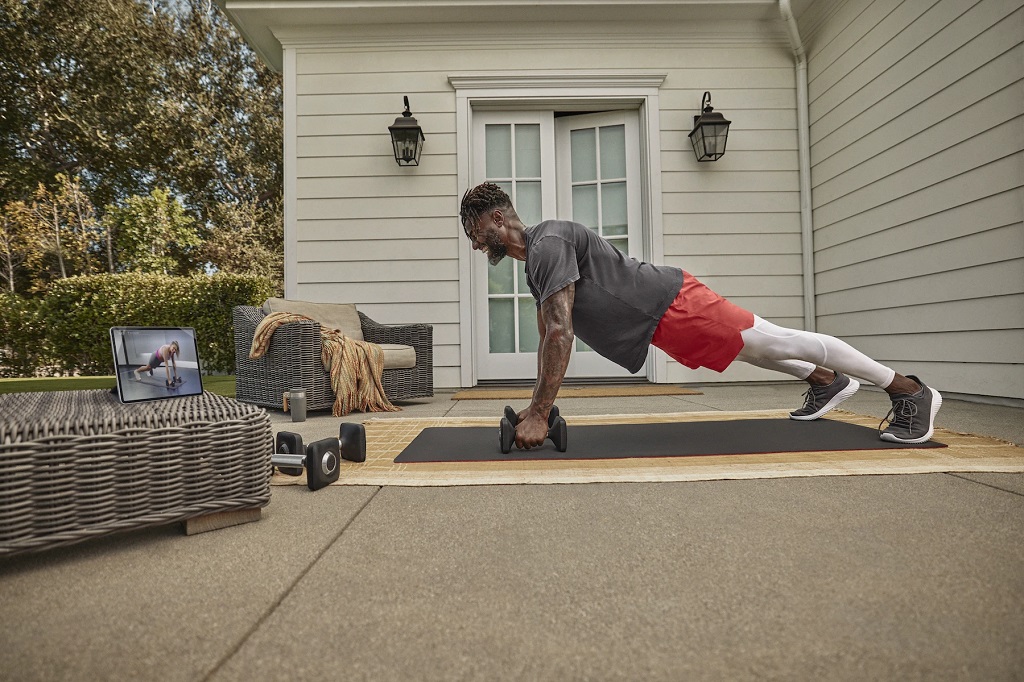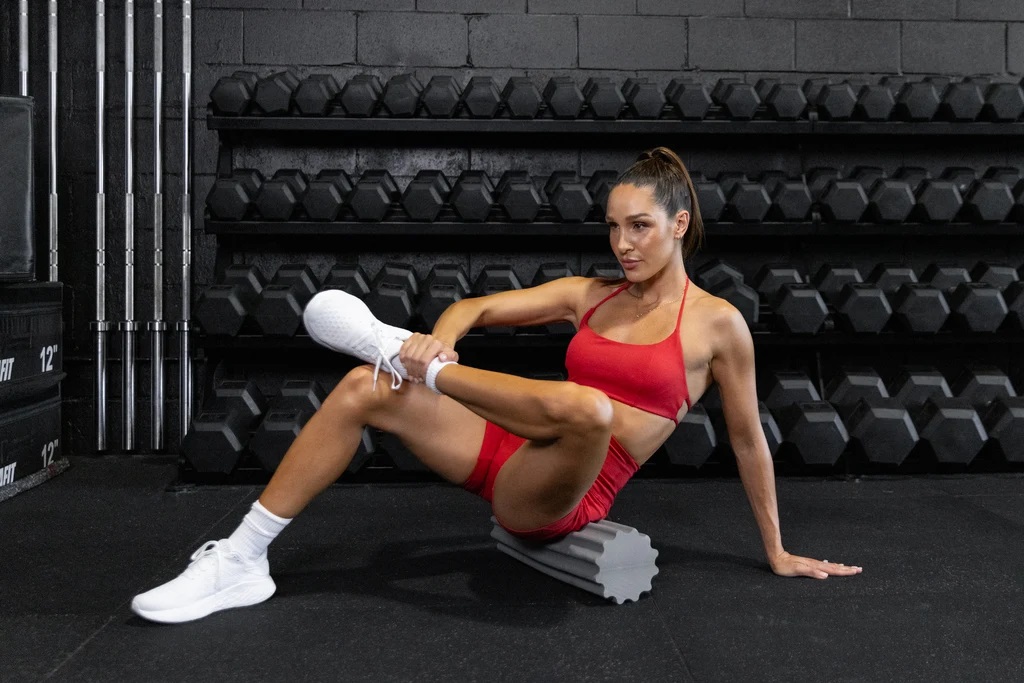Building a balanced workout plan is crucial for achieving your fitness goals, whether it’s gaining muscle, improving endurance, or simply feeling stronger and healthier. A balanced plan ensures you target all major muscle groups for well-rounded development and prevents imbalances that can lead to injuries. This guide delves into the key principles of creating a balanced workout routine, providing insights for both beginners and those with some existing knowledge.
Contents
Understanding Your Major Muscle Groups:
The human body has over 600 muscles, but for building a balanced workout plan, we focus on the 12 major muscle groups:
- Upper Body: Chest, shoulders, back (including lats, traps, and rhomboids), biceps, triceps, forearms.
- Lower Body: Glutes (including hamstrings and glutes maximus), quadriceps, calves.
- Core: Abdominals (including obliques) and lower back.
The Importance of Balance:
Here’s why targeting all major muscle groups is essential:
- Injury Prevention: A balanced workout strengthens opposing muscle groups, improving stability and posture, which reduces the risk of injuries.
- Improved Performance: Training all major muscle groups enhances overall athleticism and functional movement for daily activities.
- Aesthetics and Body Composition: Balanced training promotes a more symmetrical and aesthetically pleasing physique.
- Metabolic Boost: Engaging multiple muscle groups increases calorie expenditure, aiding in weight management or muscle gain.
Crafting Your Balanced Workout Plan:
Now, let’s explore how to create a balanced workout plan:
- Frequency: Aim for at least two to three strength training sessions per week, allowing sufficient rest for muscle recovery. Beginners can start with two sessions, gradually increasing to three as fitness improves.
- Split Routine Options: There are various workout splits you can choose from. A full-body workout targets all major muscle groups in one session, while a split routine focuses on different muscle groups on different days (e.g., upper body/lower body split, push/pull split). Beginners can start with a full-body routine, while those with more experience can explore split routines for more focused training.
- Exercise Selection: Choose exercises that effectively target each major muscle group. Compound exercises that engage multiple joints are more efficient for overall muscle development. Examples include squats for legs, push-ups for chest and triceps, and rows for back and biceps.
- Sets and Repetitions: The ideal number of sets and repetitions depends on your fitness goals. Beginners can start with 2-3 sets of 8-12 repetitions, focusing on proper form. As you gain strength, you can increase sets and decrease repetitions to build muscle mass.
- Progressive Overload: To continuously challenge your muscles and promote growth, gradually increase the weight, sets, or repetitions over time. This principle is key to making progress in your workouts.
Sample Balanced Workout Plans:
Here are two sample workout plans to illustrate the principles discussed:
Sample Full-Body Workout Plan (Beginner):
- Warm-up (5 minutes): Light cardio (jogging in place, jumping jacks) and dynamic stretches.
- Squats (3 sets of 10 repetitions): Targets glutes, quads, hamstrings.
- Push-ups (modified if needed) (3 sets of 8-12 repetitions): Targets chest, triceps, and shoulders.
- Rows (using dumbbells or resistance bands) (3 sets of 10 repetitions): Targets back (lats), biceps.
- Plank (3 sets of 30 seconds hold): Targets core (abs).
- Rest for 30-60 seconds between sets.
- Cool-down (5 minutes): Static stretches.
Sample Upper/Lower Body Split Routine (Intermediate):
Day 1: Lower Body
- Warm-up (5 minutes)
- Squats (3 sets of 8-12 repetitions)
- Lunges (3 sets of 10 repetitions per leg)
- Deadlifts (Romanian deadlifts for beginners) (3 sets of 8-12 repetitions)
- Calf raises (3 sets of 15-20 repetitions)
- Cool-down (5 minutes)
Day 2: Upper Body
- Warm-up (5 minutes)
- Push-ups (weighted push-ups for advanced) (3 sets of 8-12 repetitions)
- Overhead press (dumbbells or barbell) (3 sets of 8-12 repetitions)
- Rows (3 sets of 8-12 repetitions)
- Bicep curls (3 sets of 10-15 repetitions)
- Tricep extensions
- Cool-down (5 minutes)
Remember: These are just samples. You can adjust exercises, sets, reps, and rest periods based on your fitness level and goals. Consider consulting a certified personal trainer for a personalized plan tailored to your needs and equipment availability.
Beyond the Basics: Considerations for Different Fitness Levels:
- Beginners: Focus on proper form and mastering bodyweight exercises before adding weights. Listen to your body and prioritize rest for recovery.
- Intermediate: Once comfortable with bodyweight exercises, gradually introduce weights or resistance bands. Experiment with different split routines and explore more challenging variations of exercises.
- Advanced: Incorporate advanced weightlifting techniques, plyometric exercises, and supersets/drop sets to push your limits and maximize muscle growth.
Additional Tips for a Sustainable Workout Routine:
- Warm-up and Cool-down: Never skip these crucial steps to prevent injuries and improve recovery.
- Progressive Overload: As discussed earlier, gradually increase the intensity of your workouts to keep challenging your muscles and promoting growth.
- Listen to Your Body: Take rest days when needed, and don’t push yourself through pain.
- Proper Nutrition: Fuel your body with a healthy diet to support muscle growth and recovery.
- Stay Hydrated: Drink plenty of water before, during, and after your workouts.
- Find Activities You Enjoy: Choose workout routines you find fun and engaging to maintain long-term consistency.
Related: Should Women Over 50 Do Cardio?
Conclusion:
Creating a balanced workout plan that targets all major muscle groups sets the foundation for a healthy and fit lifestyle. By understanding the importance of balance, following these guiding principles, and tailoring your plan to your fitness level, you can create a sustainable workout routine that delivers results. Remember, consistency is key! So, embrace the journey, track your progress, and enjoy the process of getting stronger and healthier.





